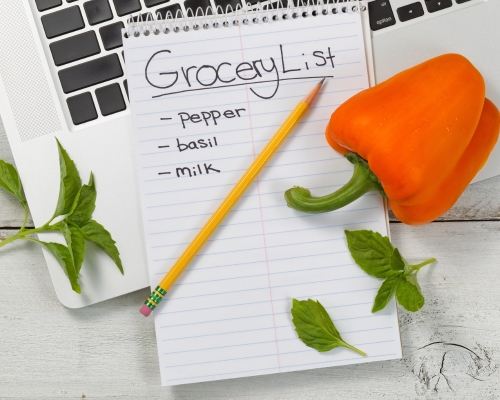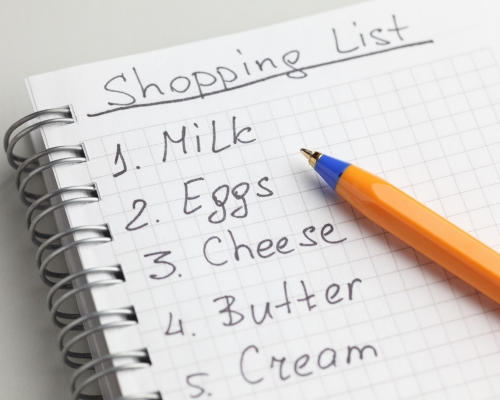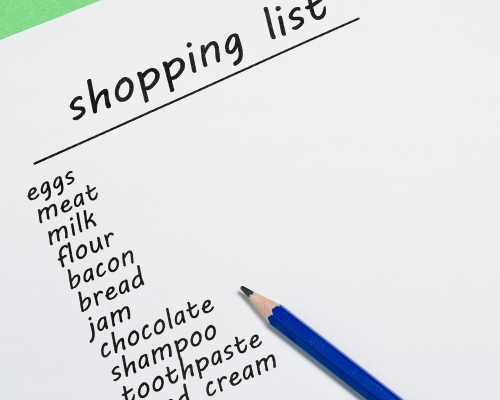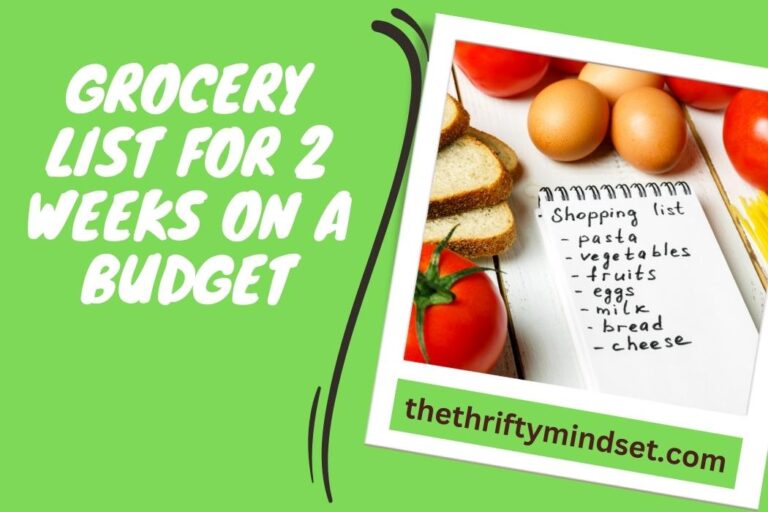Navigating the grocery store aisles with a tight budget can feel like a high-stakes balancing act. You’re trying to feed yourself and possibly your family, maintain a healthy diet and keep your bank account in check.
It’s a challenge, but it’s not impossible. With a little planning and strategic shopping, you can fill your cart with two weeks’ worth of nutritious, budget-friendly meals. This isn’t just about taking the easy route or accepting anything less than the best.
Making intelligent choices while grocery shopping is all about getting the most value for your money. So, let’s embark on this journey of creating a two-week grocery list that won’t break the bank, but will still keep your taste buds and your body happy.
Understanding Your Budget and Dietary Needs
Before you dive headfirst into a fortnight’s worth of grocery shopping, it’s pivotal to get a firm grip on your budget and dietary preferences. This comprehension will not only keep your finances in check but also ensure you’re fueling your body right and keeping your taste buds entertained.
1. Identifying Your Weekly Grocery Budget

The first step in creating a budget-friendly grocery list is identifying your weekly grocery budget. This budget should be realistic and take into account all the meals you plan to prepare over the two weeks. Remember, the goal is to shop smart, not cheap.
This means focusing on value for money rather than just the lowest prices. For instance, buying in bulk or choosing smaller fruits and vegetables can be cost-effective strategies. Don’t overlook the potential of e-grocery shopping, which can deliver competitive prices and the added luxury of doorstep delivery.
2. Recognizing Dietary Restrictions and Preferences
Next, it’s crucial to recognize any dietary restrictions and preferences. If you or any family member has food allergies, intolerances, or specific dietary needs, these must be taken into account when planning your grocery list.
For instance, if someone in your household is gluten-intolerant, you’ll need to look for gluten-free bread and other products. Similarly, if you’re following a vegetarian or vegan diet, your grocery list will need to be adjusted accordingly.
Essential Items For Your Two-Week Grocery List
List of Staple Food Items
When planning your grocery list for two weeks, it’s essential to include staple food items that form the basis of most meals. Let me share with you some staple food products that not only offer versatility and nutrition but also have a considerable shelf life.
- Grains: Whole wheat bread, brown rice, and pasta are affordable and can be used in a variety of dishes.
- Proteins: Consider economical choices like eggs, canned tuna, chicken, and beans. These items provide essential nutrients and can be used in multiple meals.
- Fruits and Vegetables: Choose a mix of fresh and frozen. Fresh bananas, apples, and oranges are usually affordable. Take into account carrots, potatoes, and onions as vegetables. Frozen fruits and vegetables can be great cost-effective and long-lasting options.
- Dairy: Milk, cheese, and yogurt are essential for calcium and protein. If you’re lactose intolerant or vegan, there are plenty of alternatives available.

List of Pantry Essentials
Pantry essentials are products that you use regularly in cooking and have a long shelf life. They can be slightly more expensive upfront but considering their longevity and usage, they’re cost-effective in the long run. Here’s a list of pantry essentials:
- Spices: Basics like salt, pepper, garlic powder, and chili powder can add flavor to any dish.
- Oils: Olive oil or canola oil are versatile for cooking.
- Canned Goods: Canned tomatoes, beans, and corn can be used in a variety of meals and have a long shelf life.
- Baking Essentials: If you plan on baking, items like flour, sugar, and baking powder are necessary.
List of Household Items
While focusing on food, don’t forget about necessary household items. These are things you’ll also need to budget for and include in your two-week grocery list:
- Cleaning Supplies: Household staples like dish soap, laundry detergent, and all-purpose cleaners are the unsung heroes in the quest for a spotless home.
- Toiletries: Don’t forget items like toilet paper, toothpaste, and shampoo.
- Miscellaneous: Depending on your needs, you might also need items like garbage bags, aluminum foil, and plastic wrap.
Sample Two-Week Grocery List on a Budget
A Detailed List of Items to buy for two weeks, categorized by food group or store section

Grains:
- Whole wheat bread: 2 loaves
- Brown rice: 1 bag (2 lbs)
- Pasta: 2 boxes
Proteins:
- Eggs: 1 dozen
- Canned tuna: 4 cans
- Chicken: 4 lbs
- Beans: 2 cans
Fruits and Vegetables:
- Bananas: 1 bunch
- Apples: 1 bag
- Oranges: 1 bag
- Carrots: 1 bag
- Potatoes: 1 bag (5 lbs)
- Onions: 1 bag
- Frozen mixed vegetables: 2 bags
Dairy:
- Milk: 2 gallons
- Cheese: 1 block
- Yogurt: 1 large tub or 8 individual servings
Estimated Cost for Each Item and Total Cost
The cost of items can vary greatly depending on the region and the store. However, the following is an estimate of each item’s cost:
Grains:
- Whole wheat bread: $2.50 per loaf
- Brown rice: $3 for a 2 lb bag
- Pasta: $1 per box
Proteins:
- Eggs: $2 per dozen
- Canned tuna: $1 per can
- Chicken: $2 per lb
- Beans: $1 per can
Fruits and Vegetables:
- Bananas: $0.50 per lb
- Apples: $4 per bag
- Oranges: $5 per bag
- Carrots: $2 per bag
- Potatoes: $4 for a 5 lb bag
- Onions: $3 per bag
- Frozen mixed vegetables: $2 per bag
Dairy:
- Milk: $3 per gallon
- Cheese: $4 per block
- Yogurt: $4 for a large tub or $1 per individual serving
The total cost would be approximately $60, but this can vary based on local prices and any sales or discounts you might find.
Note on the Flexibility of the List
This list is a guideline and can be adjusted based on your personal preferences, dietary restrictions, and what’s on sale or in season. For example, if you find a great deal on a different type of fruit or vegetable, feel free to swap it out.
Similarly, if a certain type of protein is on sale, you can adjust your list accordingly. Being flexible while adhering to your budget and nutritional requirements is the key to a well-balanced approach.
Final Thoughts
To wrap it up, creating a grocery list for two weeks on a budget is not just about the list itself, but also about the strategies and understanding behind it. Achieving your dietary goals while staying within budget demands thoughtful planning, smart shopping, and a keen awareness of your nutritional requirements.
From prioritizing fresh produce and perishables to leveraging wholesale clubs and online grocery stores, every decision can impact your budget. Keep in mind, the objective isn’t solely about penny-pinching, but also about ensuring a nutritious and diverse diet for a solid two weeks.
I’m Grayson Watson, your frugal companion and the brain behind this money-saving extravaganza. Strap yourself in, because we’re about to embark on a wallet-friendly adventure like no other. Learn More!

